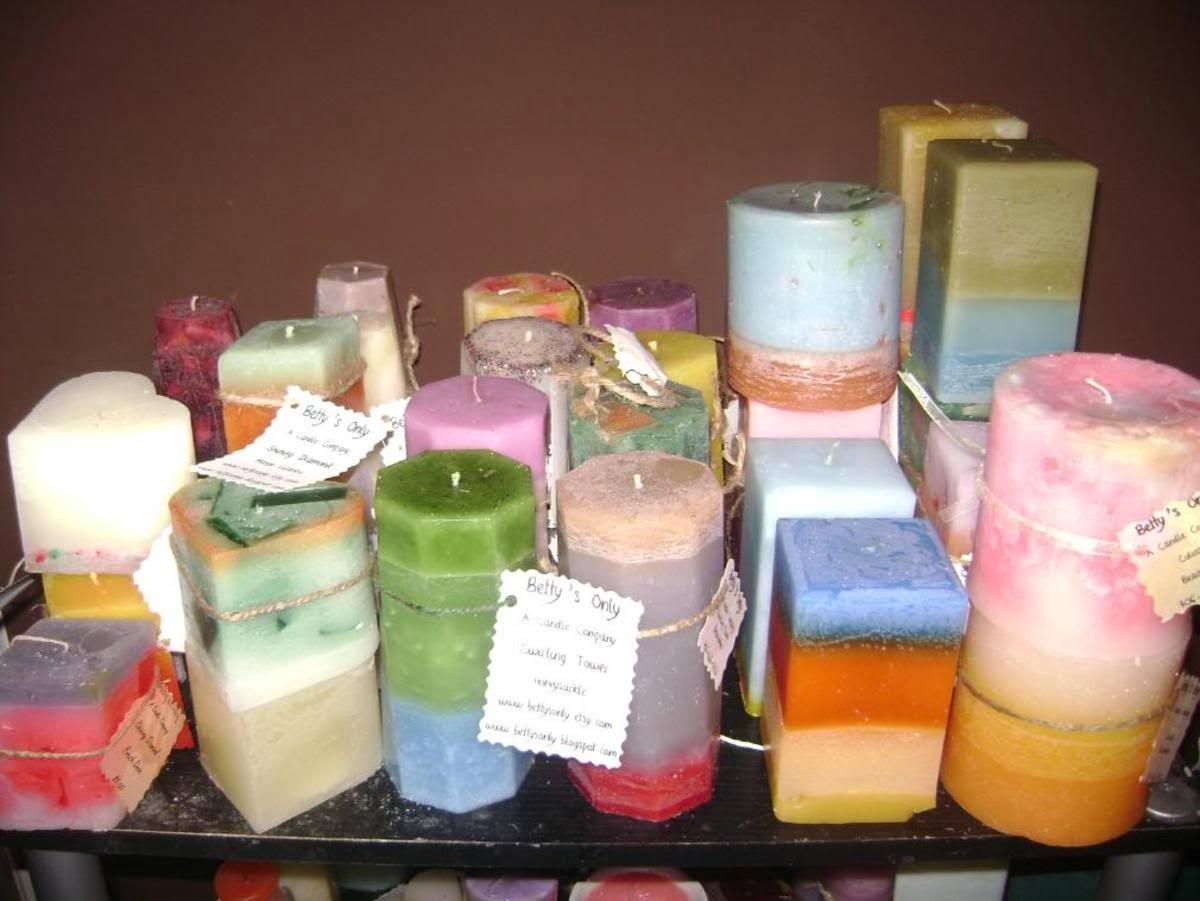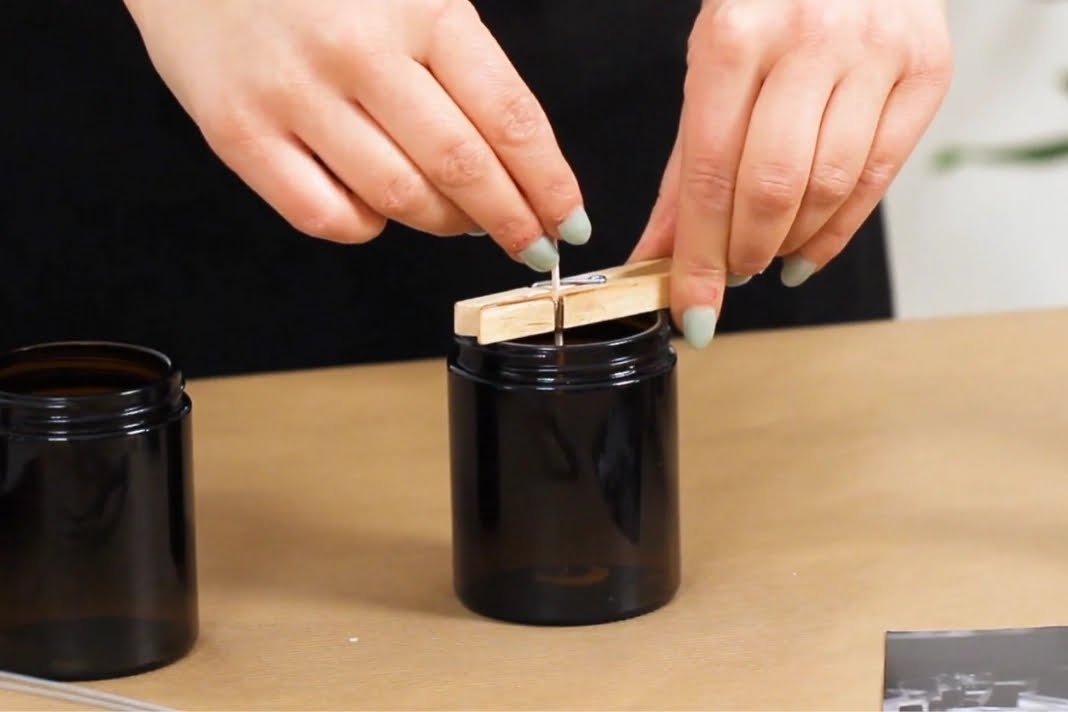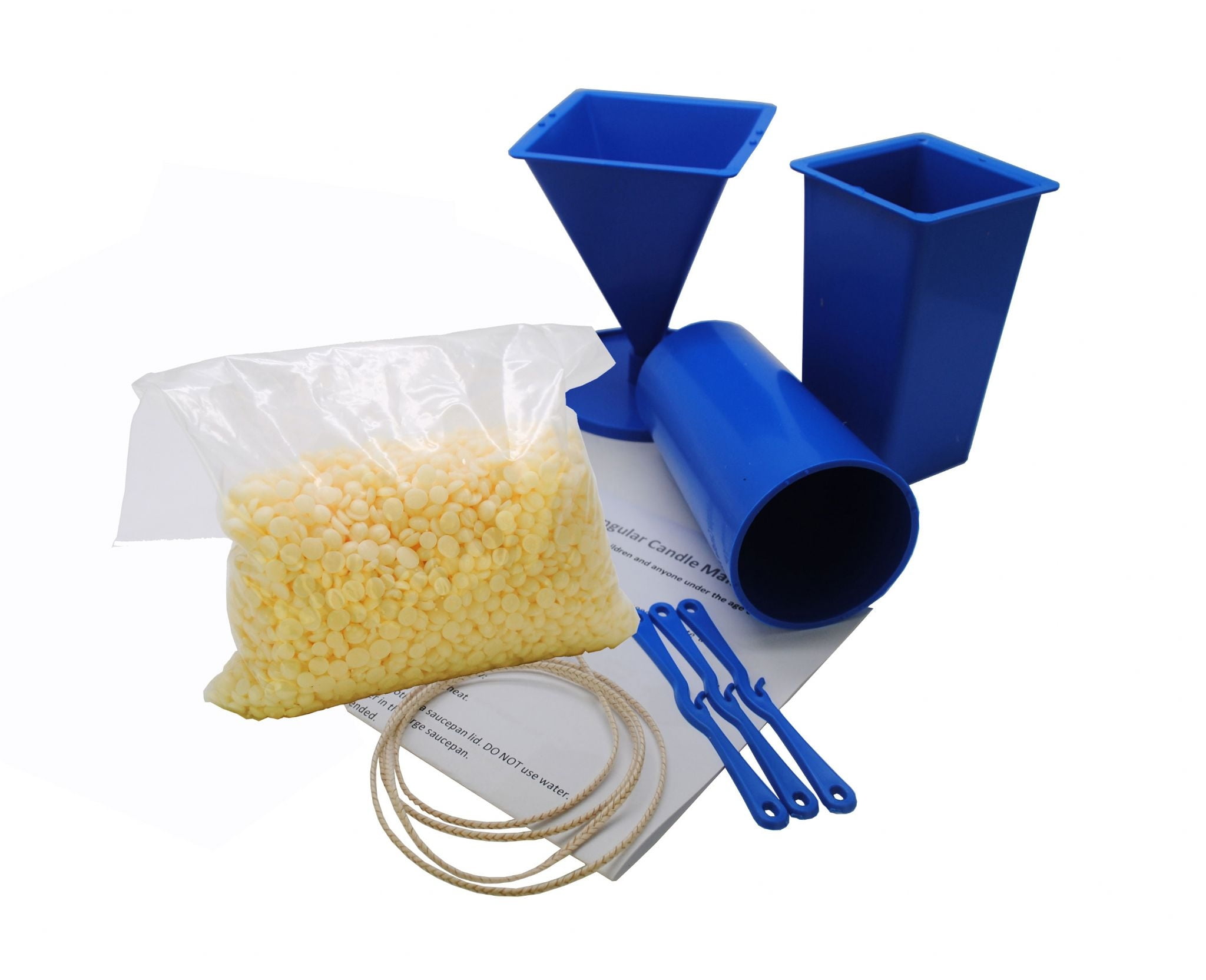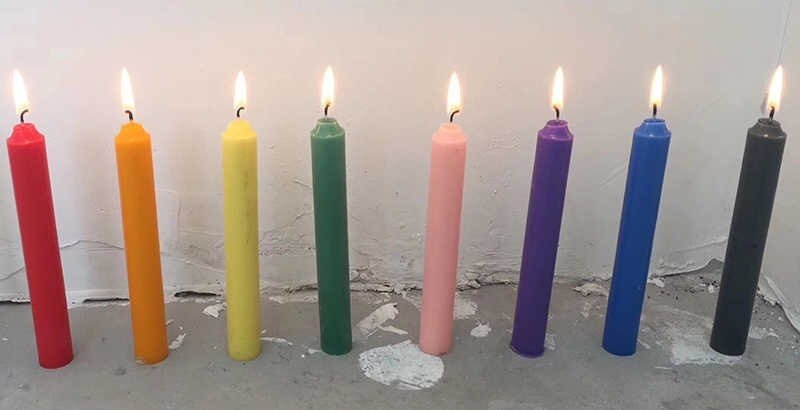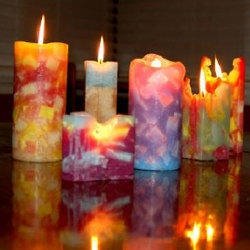Candle making is an ancient artisanal craft that has evolved into a popular hobby and business venture for many individuals. The process of making candles involves a careful balance of various factors, with temperature playing a crucial role in the overall quality of the finished product. Knowing what temperature is ideal for each stage of the candle making process is essential to ensure success in creating beautifully crafted candles.
Temperature control is a vital aspect of candle making as it can directly impact the consistency, fragrance, color, and overall aesthetic appeal of the candles. From melting the wax to cooling and pouring it into molds, maintaining the right temperature is imperative to achieve desired results. In this article, we will delve into the significance of temperature in candle making and explore the specific temperature requirements for different stages of the process.
Understanding how temperature influences the outcome of candle making is fundamental for both beginners and experienced candle makers. By gaining insight into the role of temperature at each step, one can enhance their skills and create high-quality candles that meet their artistic vision and market standards. So let’s dive into the intricate world of candle making and unravel the importance of temperature control in this time-honored craft.
The Role of Temperature in Candle Making
When it comes to candle making, temperature plays a crucial role in determining the quality and consistency of the finished candles. The right temperature is essential at various stages of the process, from melting the wax to cooling and pouring it into molds. Here’s how temperature affects different aspects of candle making:
- Quality of Wax Melting: The ideal temperature for melting wax will vary depending on the type of wax being used. For example, soy wax should be melted at a lower temperature range of 120-180°F (49-82°C), while paraffin wax requires a higher temperature range of 160-190°F (71-88°C).
It’s important to use a reliable thermometer to monitor the temperature and avoid overheating, as excessive heat can affect the fragrance and color of the wax. - Impact on Fragrance and Color: Temperature can have a significant impact on the scent and color of the candles. When wax is heated too quickly or at an excessively high temperature, it can cause fragrance oils to evaporate or burn off, resulting in a weaker scent throw. Additionally, rapid cooling or pouring at the wrong temperature can lead to uneven colors or marbling in the finished candles.
- Consistency in Cooling and Pouring: After adding fragrance oils and dyes to the melted wax, it’s crucial to allow it to cool to the recommended pouring temperature before filling candle molds. Different types of waxes have specific pouring temperatures that should be followed for optimal results. For instance, soy wax typically has a pouring temperature range of 110-135°F (43-57°C), while paraffin wax may require a slightly higher range.
Maintaining the correct temperatures throughout each stage of candle making is vital for achieving consistent results. By understanding how temperature impacts various aspects of the process, candle makers can ensure that their finished products are high-quality and visually appealing.
Ideal Temperature for Melting Wax
When it comes to candle making, one of the most crucial factors to consider is the temperature at which you melt your wax. The ideal temperature for melting wax can vary depending on the type of wax being used, and achieving the correct temperature is essential for producing high-quality candles. Different types of candle wax have specific temperature ranges at which they should be melted to ensure optimal results.
Paraffin Wax
Paraffin wax, which is one of the most commonly used waxes in candle making, should be melted at a temperature between 160°F and 180°F (71°C-82°C). It is important to monitor the temperature closely with a thermometer, as overheating paraffin wax can affect its flammability and scent throw, resulting in low-quality candles.
Soy Wax
Soy wax has gained popularity in recent years due to its natural origins and clean-burning properties. When melting soy wax, it is recommended to keep the temperature between 120°F and 180°F (49°C-82°C). Going beyond this range can cause discoloration and negatively impact the fragrance of the candles.
Beeswax
Beeswax requires a lower melting point compared to other waxes, typically around 145°F (63°C). Exceeding this temperature can lead to loss of color and fragrance in beeswax candles. It’s important to heat beeswax slowly and gently to preserve its natural qualities.
For successful candle making, it is crucial to adhere to these specific temperature ranges for each type of wax. By maintaining the right temperatures during the melting process, you can ensure that your candles turn out beautifully with excellent fragrance throw and burn quality.
Importance of Thermometers in Candle Making
When it comes to the art of candle making, temperature plays a crucial role in determining the quality and consistency of the finished product. Maintaining the right temperature throughout the candle making process is essential for achieving optimal results. This is where thermometers come into play, allowing crafters to monitor and control the temperature at various stages of candle making.
One of the most important uses of thermometers in candle making is to accurately measure the temperature for melting wax. Different types of candle wax have specific melting points, and using a thermometer ensures that the wax is heated to the appropriate temperature.
For example, soy wax typically melts best at a temperature range of 120-180°F (49-82°C), while paraffin wax requires a higher melting point of around 150-160°F (65-71°C). By using a thermometer, candle makers can avoid overheating or scorching the wax, which could negatively impact the final outcome.
In addition to melting wax, thermometers are also indispensable for monitoring the cooling and pouring temperatures. After adding fragrance oils or dyes to the melted wax, it’s crucial to wait until it reaches a specific temperature before pouring it into candle molds.
Using a thermometer ensures that the wax has cooled down sufficiently to prevent warping or cracking when poured, ultimately contributing to better-looking and longer-lasting candles. Overall, thermometers are an invaluable tool for maintaining precision and consistency throughout the entire candle making process, allowing crafters to create beautiful and high-quality candles every time.
- Invest in a reliable candy thermometer that can accurately measure high temperatures for melting wax.
- Use an infrared thermometer for quick and non-contact temperature readings during different stages of candle making.
- Consider digital probe thermometers for precise measurement control and easy readability.
Effects of Temperature on Fragrance and Color
When it comes to candle making, temperature plays a crucial role not only in the melting and pouring process but also in the final fragrance and color of the candles. The temperature at which you add fragrance oils and coloring dyes to the melted wax can significantly impact the overall scent throw and color saturation of the finished candles.
In general, adding fragrance oils and dyes to wax that is too hot can result in a weaker scent throw and lighter color, as the high temperature can cause some of the fragrance compounds to evaporate quickly and the dye molecules to break down. On the other hand, adding them to wax that is too cold may lead to poor dispersion of fragrances and uneven coloring due to incomplete incorporation.
Therefore, it is essential to follow recommended temperature guidelines for adding fragrances and dyes to achieve optimal results.
For fragrance oils, it is generally recommended to add them when the melted wax reaches a temperature between 175°F and 185°F (79°C – 85°C). This range allows for better dispersion of the scents while minimizing evaporation. Similarly, for coloring dyes, it is best to introduce them when the wax is around 160°F (71°C) to ensure thorough mixing without causing degradation of color intensity.
| Component | Recommended Temperature Range |
|---|---|
| Fragrance Oils | 175°F – 185°F (79°C – 85°C) |
| Coloring Dyes | Around 160°F (71°C) |
Cooling and Pouring
When it comes to candle making, paying attention to the temperature during the cooling and pouring stages is crucial for achieving the desired results. The optimal temperature for cooling and pouring the melted wax into candle molds can vary depending on the type of wax being used.
For paraffin wax, the ideal pouring temperature is typically between 150°F and 160°F, while soy wax generally requires a slightly lower pouring temperature of around 120°F to 140°F. It’s important to note that pouring the wax at temperatures outside of these ranges can result in issues such as poor adhesion, cracking, or frosting on the finished candles.
Using a thermometer to monitor the temperature of the melted wax is essential during both the cooling and pouring stages of candle making. This allows crafters to ensure that the wax reaches and maintains the appropriate temperature range for their specific type of wax. Additionally, using a double boiler or a dedicated melter can help to regulate and maintain the desired temperature more effectively than direct heat sources.
In addition to ensuring that the melted wax is at the correct temperature for pouring into molds, it’s also important to consider the ambient room temperature during this stage. Ideally, the room should be kept at a consistent temperature (usually between 70°F and 75°F) to prevent rapid cooling or fluctuations in temperature that could affect how the candles set.
By taking these factors into account and carefully monitoring temperatures throughout the cooling and pouring process, candle makers can achieve better results and produce high-quality finished products.
| Wax Type | Ideal Pouring Temperature (°F) |
|---|---|
| Paraffin Wax | 150-160 |
| Soy Wax | 120-140 |
Room Temperature and Storage
When it comes to candle making, temperature is not only important during the melting and pouring process but also in the storage and curing of the finished candles. The room temperature plays a crucial role in ensuring that your candles have the best possible scent throw, appearance, and longevity.
Recommended Room Temperature
The ideal room temperature for storing and curing finished candles is between 60-80 degrees Fahrenheit. This range allows the candles to cure at a consistent rate without being exposed to extreme temperatures that can affect their quality. If the room is too cold, the curing process may be prolonged, while high temperatures can cause the candles to soften or even melt.
Impact on Scent and Appearance
Maintaining the recommended room temperature is essential for preserving the scent of your candles. Fluctuations in temperature can cause the fragrance oils to evaporate or become overpowering, leading to an inconsistent scent throw. Additionally, storing candles in a cool, dark place can prevent colors from fading or changing over time, ensuring that they maintain their aesthetic appeal.
Storage Tips
To ensure that your finished candles are not affected by fluctuations in room temperature, it is recommended to store them in a dry, cool area away from direct sunlight and heat sources. Additionally, proper ventilation can help prevent any moisture build-up that may impact the quality of your candles. By paying attention to these storage conditions, you can maintain the integrity of your candles and enjoy exceptional performance when they are eventually used.
Troubleshooting
In conclusion, understanding the role of temperature in candle making is essential for achieving high-quality, consistent results. The ideal temperature for melting wax varies depending on the type of wax being used, so it is important to use a thermometer to monitor and maintain the correct temperature throughout the process. Additionally, temperature can affect fragrance and color, so careful attention should be paid to ensure that these aspects meet the desired outcome.
Furthermore, cooling and pouring the melted wax into molds should be done at the optimal temperature to prevent issues such as cracking or frosting in the finished candles. It is also important to consider room temperature when storing and curing candles, as extreme temperatures can affect the quality of the final product.
Finally, being aware of common temperature-related issues in candle making and knowing how to troubleshoot them is crucial for any candle maker. By understanding how temperature impacts each stage of the process and having solutions at hand, you can overcome challenges and create beautiful, high-quality candles every time. Remember that maintaining proper temperatures will ensure that your candles turn out exactly as you intend them to be.
In summary, what temperature for candle making is a key consideration at every stage of the process. By paying close attention to this factor and adjusting accordingly, you can produce candles that are not only visually appealing but also boast excellent scent throw and burn performance.
Frequently Asked Questions
What Is the Best Temperature for Making Candles?
The best temperature for making candles is typically between 185°F and 195°F. This allows the wax to melt completely and evenly without the risk of overheating or scorching.
What Temp Should Wax Be to Add Fragrance?
When adding fragrance to wax, it’s important for the wax to be at a temperature of around 185°F to 195°F. This allows the fragrance oil to blend well with the melted wax, ensuring a strong and consistent scent throw when the candle is burned.
What Is the Room Temperature for Candle Making?
Room temperature for candle making should ideally be around 70°F to 75°F. This temperature range helps the candles cool and set properly without any issues like frosting or uneven texture. It also ensures that the candles cure at the right rate, resulting in a high-quality finished product.

Welcome to my candle making blog! In this blog, I will be sharing my tips and tricks for making candles. I will also be sharing some of my favorite recipes.

